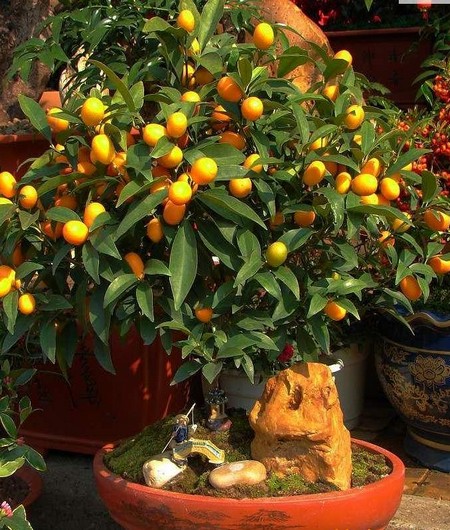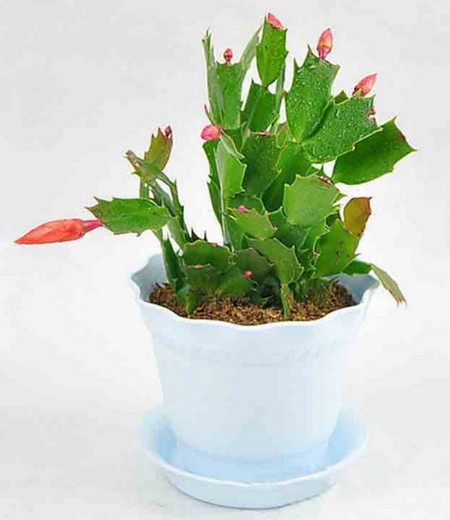How to manage the fruiting period of potted kumquat in flowering and fruiting stage
Potted kumquat often produces the phenomenon of falling flowers and fruits. Such as rainy flowering, excessive control of moisture, or short supply of fertilizer and water when sprouting new shoots, as well as high temperature, are easy to cause falling flowers and fruits. For this reason, the management and control of fruit period should be done well.
Before and after flowering, in addition to the correct fertilizer and water management, the foliar should be cooled by spraying water before and after noon and evening. If new shoots are found, they should be removed in time. When blooming, flowers should be thinned properly to save nutrients.

After flowering, 0.3%-0.4% urea or 0.3% compound fertilizer can be sprayed, and 15ppm's 2mem4murD can be added, which has a significant effect on fruit protection of potted kumquat.
After the birth of young fruit, when the young fruit grows to 1 cm in size, but also for fruit thinning, generally leaving 3 fruits per branch is appropriate. In the axilla of the same leaf, sometimes 2-3 young fruits are born, only one can be selected, and the fruit of the whole plant is evenly distributed.
In the future, the autumn shoots should be cut off in time to avoid secondary fruit, so as to make the fruit develop well-the fruit shape and maturity are the same, and the ornamental value can be improved.
Under normal circumstances, the fruit of the Beginning of Winter turns yellow gradually. In order to cooperate with the Spring Festival viewing, if the fruit ripens too early, shading and increasing nitrogen fertilizer (0.4% urea) can be used to postpone the ripening period.
If the fruit ripens late and the Spring Festival does not turn yellow, it can be coated with 1500ppm ethephon or sprayed with 20-50ppm gibberellin 25 days before the scheduled ripening period.
- Prev

How to manage the fruiting period of potted kumquat well and under what circumstances need to prolong the flowering period
Potted kumquat often produces the phenomenon of falling flowers and fruits. Such as rainy flowering, excessive control of moisture, or short supply of fertilizer and water when sprouting new shoots, as well as high temperature, are easy to cause falling flowers and fruits. For this reason, the management and control of fruit period should be done well. Before and after flowering, except for the correct
- Next

How to bloom the crab claw orchid-matters needing attention in flowering maintenance and flowering management
Recently, the crab claw orchid in the science and technology park is also pregnant with buds, and the appearance of budding makes us full of expectation. After the Autumn Equinox, all crab claw orchids began to differentiate into flower buds during this period, indicating that plants can adjust according to the length of sunshine every day.
Related
- Fuxing push coffee new agricultural production and marketing class: lack of small-scale processing plants
- Jujube rice field leisure farm deep ploughing Yilan for five years to create a space for organic food and play
- Nongyu Farm-A trial of organic papaya for brave women with advanced technology
- Four points for attention in the prevention and control of diseases and insect pests of edible fungi
- How to add nutrient solution to Edible Fungi
- Is there any good way to control edible fungus mites?
- Open Inoculation Technology of Edible Fungi
- Is there any clever way to use fertilizer for edible fungus in winter?
- What agents are used to kill the pathogens of edible fungi in the mushroom shed?
- Rapid drying of Edible Fungi

